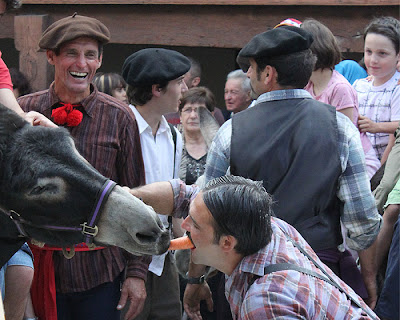After a peak in popularity in the late 1980s and early 1990s, the Mail Art phenomenon has gradually migrated to the Internet, whose “social networks” were largely anticipated and predicted by the interactive processes of postal collaborations. Nevertheless, Mail Art is still practiced in the new Millennium by a loose global community involving thousands of mailartists from the most varied backgrounds.
"Out of the reasonable assumption that the commercial gallery system is limited and perhaps corrupt, many artists emerging in the 1970s and 1980s around the world decided it would be more feasible to exhibit their work not through galleries and ancillary museums but through the postal system, especially if they lived in areas where galleries and other artists were scarce. For the production of imagery, they drew often upon xerography (photocopying) and the earlier technology of rubber stamps. They would also announce exhibitions in venues previously devoid of art, such as city halls in remote parts of the world, ideally accepting everything submitted and issuing a catalog with names, usually accompanied by addresses and selected reproductions.
While such work had little impact upon commercial galleries (and the "art magazines" dependent upon galleries' ads), one result was a thriving alternative culture, calling itself "The Eternal Network", as intensely interested in itself as serious artists have always been."
Personally, I much admire the work of my German friend Peter L.G., who is also a great contributor of material to this blog!
























,+by+Jon+Boris.jpg)

.jpg)



























